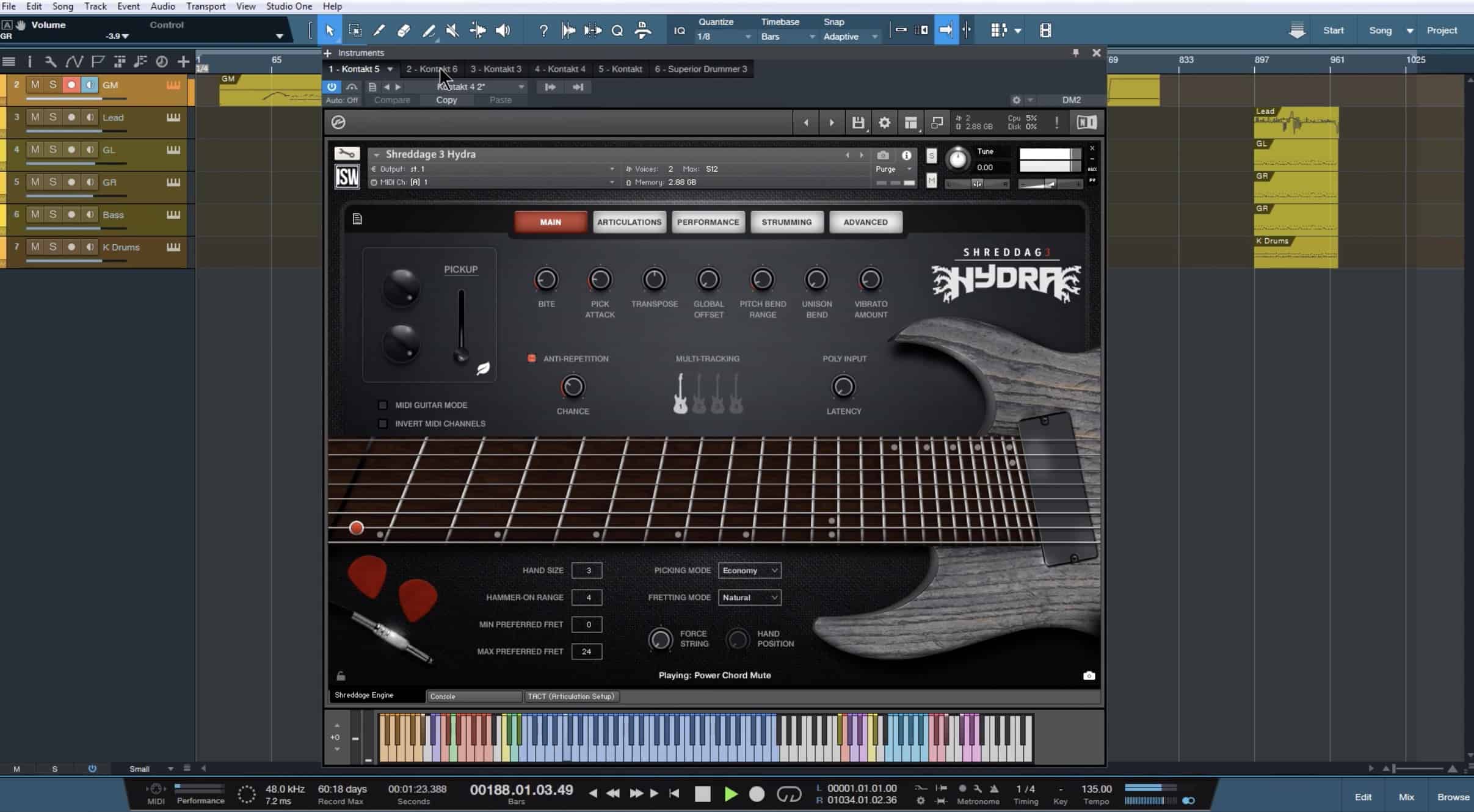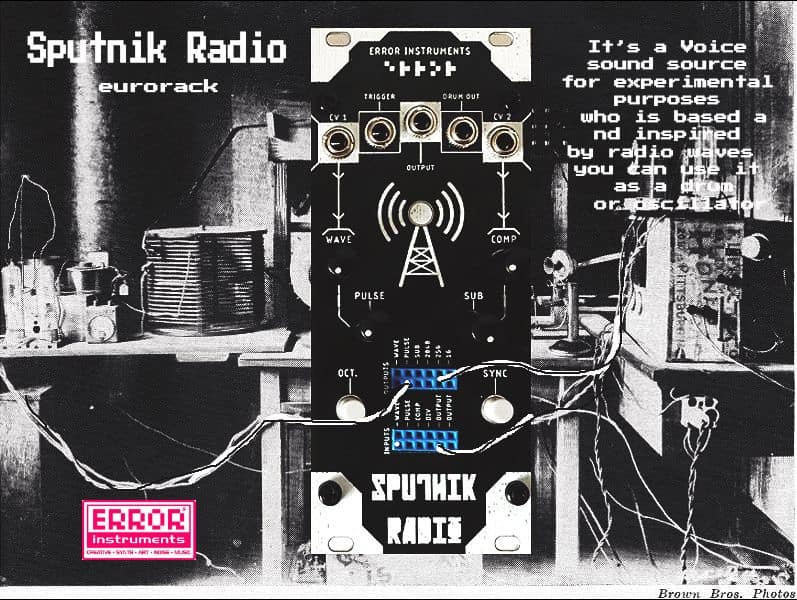Impact Soundworks Releases CYCLOPS Modern Electronic Drums
CYCLOPS includes 999 one-shot drum sounds in WAV format, along with 263 drum loops and 108 MIDIs, all usable in any DAW or sampler, with no plugins required. Then for owners of the industry-standard Serum virtual instrument, it also packs 363 categorized presets to fuel your productions.
From hard-hitting drums and percussion to inspiring loops, MIDI, and Serum presets, this library delivers everything you need to make slick, modern tracks in genres like future bass, dubstep, trap, lo-fi, synthwave, hybrid orchestra / electronic, trailer music, and beyond.

Impact Soundworks has teamed up with veteran EDM producer Jordan Aguirre to release CYCLOPS, your new one-stop shop for modern electronic sounds.
Everything here is polished and production-ready out of the box. (Just check our YouTube walkthrough below to see how it sounds with absolutely no extra processing at all. No EQ, no external instruments: It’s 100% Cyclops.)

Cyclops Features
- Drums Included
- Kicks, claps, cymbals
- FX, percussion, reverses
- Rimshots, snares, synth shots
- Toms, vocal stabs
- Serum Presets
- Playable 808s, arps
- Basses (normal + modern)
- Leads, pads, poly keys
- Plucks and FX
- Crystal clear 24-bit samples
- Handcrafted sounds from bLiNd’s collection
- Super polished and ready to use in a mix
- 999 drum sounds
- 263 drum loops / stems
- 108 MIDI files
- 367 Serum presets
The library was built with Jordan’s 20 years of experience producing electronic music in just about every genre imaginable. It features tons of sounds hand-crafted for his personal collection and battle-tested across hundreds of tracks.
In addition to the audio content, the Serum collection is loaded with inspiring sounds ranging from bread-and-butter plucks, basses, and leads that work in any track, to ultra-edgy modern basses, arps, FX, and evolving pads. If you have Serum, you are in for a real treat.
CYCLOPS is available now for just $79 exclusively from Impact Soundworks. Kontakt is NOT required! You can use these samples in any sampler or even directly in your DAW. Only the Serum presets require another plugin.










